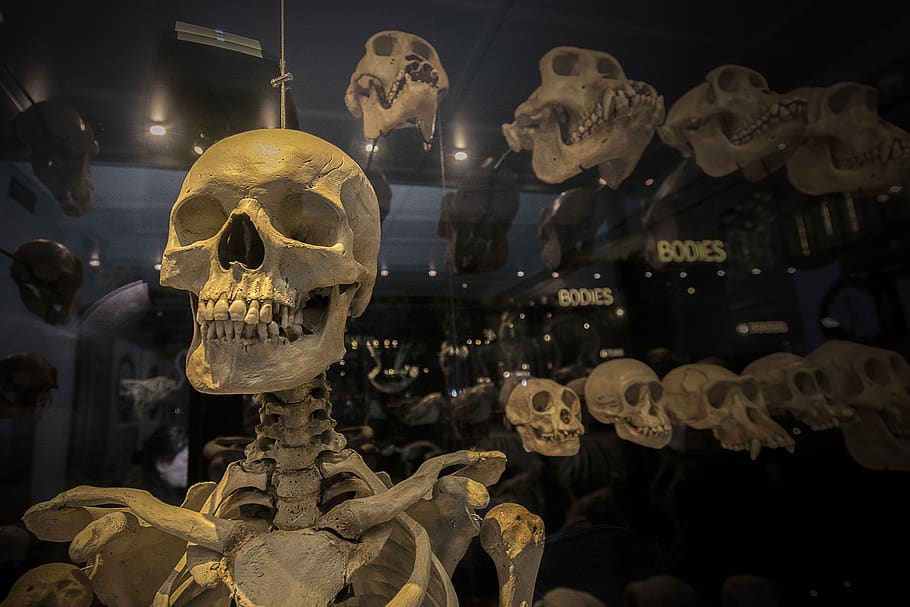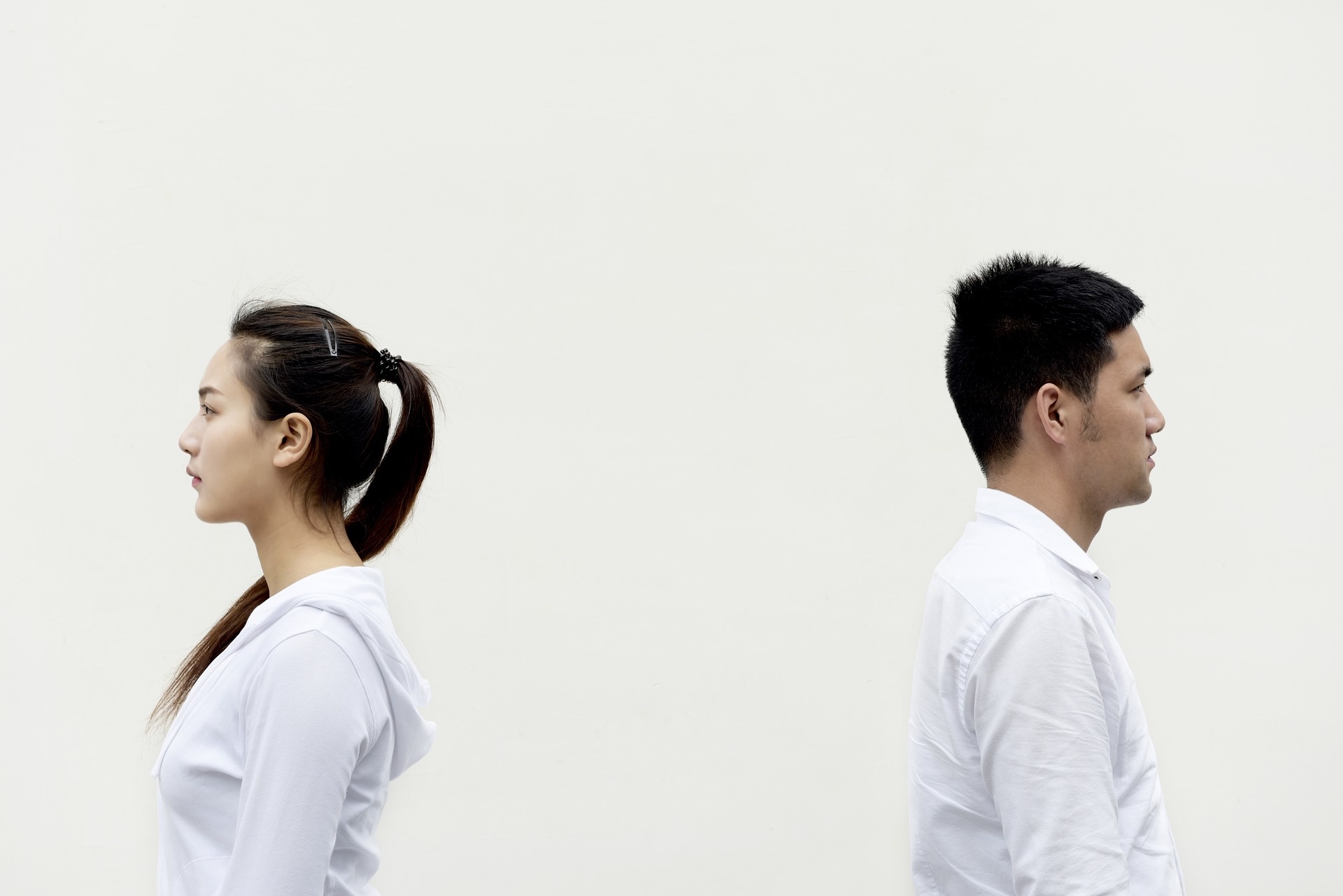Why There Aren’t More Interracial Couples

It’s Thanksgiving weekend in Canada, where I live, and for a change of pace I drove up Prince Edward Island to see the musical “Hairspray” at the Charlottetown Festival. As you may already know, Hairspray is set in 1962 and takes a rather cheerful look at segregation in the world of entertainment. At the end of the play, we are left with the sense that a new era of integration has begun—the birth of which is personified in the relationship blossoming between two of the main characters, a white woman and a black man.
Jump forward 50 years, and back into the real world, and one place we have notably failed to see integration is in sexual relationships. For example, if we randomly assigned people in the U.S. to their marriage partners, we would expect 44% of marriages to be between two people of different races. According to the 2000 Census, however, only 4% of marriages fit that description. New evidence from speed-dating trials can help us to untangle the reasons for this persistent segregation in dating and marriage.
One of the reasons why speed-dating trials are so interesting is that they help us to separate preference for a same-race partner from other factors that might lead to this segregated outcome. For example, socio-geographic segregation between the races might explain dating segregation if people date others who are like them in terms of income, education—or simply people who live in the same geographic area. Dating trials tell us that if we removed these barriers to interracial relationships, same-race preferences in dating would ensure that interracial marriage would continue to be rare. The question is: What the source of these preferences?
Actions speak louder than words, so speed dating trials are more informative than simply asking people who they would, and would not, be interested in dating. For example, an online dating Web site filter might ask the question “Which of the following races would be willing to communicate with?” We find that answers to that question are often not consistent with choices made after the fact (i.e. people say they want to communicate with many other races but then only communicate with their own race). Creative people need to find alternative ways to observe those choices in action, making speed dating the perfect tool.
So, for example: You are at a speed dating event. You have a chance to meet someone of the opposite sex for a total of four minutes to determine if they are someone you wish to meet again. You can accept or reject potential partners, and that information is used to determine your preferences for a mate without relying on surveys. The results of a recent trial, and in fact all studies I have seen on this topic, suggest that men and women have a distinctly different set of racial preferences. Same-race preferences for a partner are almost completely driven by the preferences of women, regardless of race. Black women appear to have a stronger same-race preference than anyone else. White women also have a same-race preference but men, regardless of race, exhibit no preference for a partner of their same race. This suggests that if preferences are driving the lack of interracial couples in the U.S. that outcome comes from the choices made by women and not by men.
In this particular study participants were asked to rate the attractiveness of the people they were meeting on a scale of one to ten and, while women at least have a preference to date men of the same race as themselves, they don’t find men of their race any more attractive than men of a different race. So same-race preference doesn’t appear to be driven by notions of what is considered attractive in a mate. The same result is found for a measure of shared interests.
Participants in the study that came from racially intolerant places show a stronger same-race preference then people who come from a tolerant place. (Tolerance in geographic areas is measured by the share of those surveyed in that area that answered “yes” to the question: “Do you think there should be laws against marriages between Negroes/Blacks/Africa/Americans and whites?”). Despite the fact that all the participants in the speed dating trail were in one place (in fact they are all students at Columbia University) their roots played a role in the choices they made.
The magnitude of the effect of coming from intolerant background is very large. For example, a participant from a low-tolerance state such as South Carolina (where 28% of those surveyed feel that interracial marriage should be banned) has same-race preferences that are 16% points higher than participant from a state such as New York (where 22% feel that interracial marriage should be banned). Also, familiarly with a particular race does not increase an individual’s willingness to date someone of that race, the greater the share of the home population that is that race the less a participant was willing to date them.
Marriage rates of black women in the U.S. are the lowest in the country; in 2007 only 33% of black women were married. This marriage-gap has been explained by high incarceration rates among black men, reducing their income and marriage prospects for the future, and the growing divide in education rates between black women and black men. If you have ever wondered why, given the shortage of marriage material, black women don’t just marry white men this research suggests that it isn’t because white men are not interested in dating black women. Unlike the girls in “Hairspray,” it seems that many black women would prefer to be single than to become a “checkerboard chick.”
Fisman, R, S. Iyengar and E. Kamenica and I. Simonson (2008) “Racial Preferences in Dating” Review of Economic Studies Vol. 75: pp 117–132





